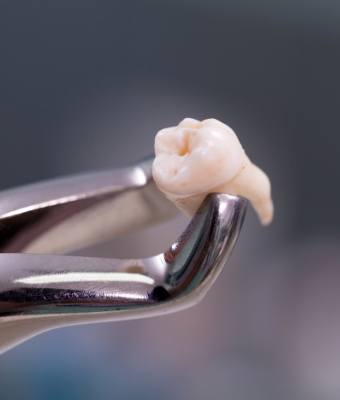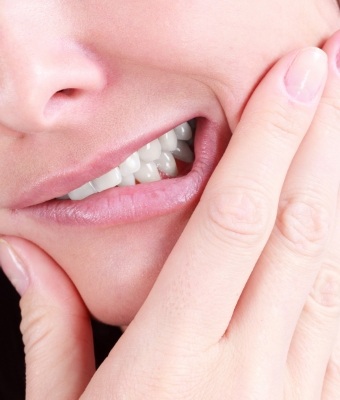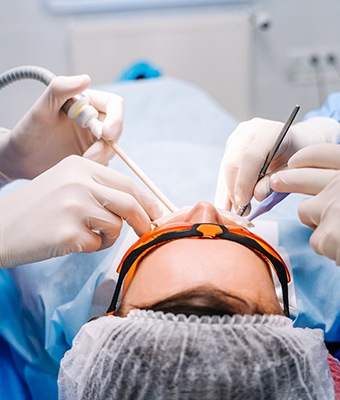Tooth Extractions – Claremore, OK
Saying Goodbye to Teeth That Put Your Oral Health at Risk

Tooth extractions are not treatments that are regularly suggested by dentists; however, when they are recommended, it is often for a good reason. The good news is that, at Battle Family Dentistry of Claremore, Dr. Battle and our dental team can help you remain at ease. The same is true should you or your teen need wisdom teeth removal. Our experts are here to help, so call us today should you have a bothersome tooth that needs to be removed. Rest assured we'll do our utmost to keep you comfortable during your tooth extractions in Claremore.
Why Choose Battle Family Dentistry of Claremore for Tooth Extractions?
- Dentist Who Provides Wisdom Tooth Extractions as Well
- Caring for the Claremore Community Since 1978
- Compassionate Dental Team Here to Help
Reasons Why Tooth Extractions Are Necessary

Although tooth extractions may not be the first option for treatment, they are often necessary if your dentist finds any of the following problems:
- You’re suffering from severe tooth decay that is posing a threat to your oral health
- You’ve experienced significant facial trauma
- Your wisdom teeth are impacted or have partially erupted and need to be removed
- Your teeth are crowded, and you require orthodontic intervention
- There is an infection that is putting your healthy teeth at risk as well as your overall health
The Process of Removing a Tooth

When it comes to the removal of a tooth, your dentist must determine the location and status of the tooth. This means that it is examined to see if it has partially erupted or is impacted (beneath the gumline). This will ultimately determine the type of procedure that is needed to remove the tooth.
With a simple surgery, our team will use uniquely designed instruments to extract the tooth. After administering local anesthesia to numb the area, we will take our dental elevator and lift the tooth from its socket. To get it to detach from the ligaments helping to hold it in place, we will use dental forceps to gently move it back and forth.
If the tooth is impacted, it will require a more invasive process. Numbing the area of the mouth with local anesthesia, we will make a small opening in the gum tissue to expose the underlying tooth. Believing it to be a safer and less cumbersome process, we will separate the tooth into pieces and extract each part carefully. This ensures that more of the bone remains intact.
Tooth Extraction Aftercare

Taking care of your mouth after tooth extraction is crucial. Following the recommended steps from our dental team will ensure that you heal swiftly and without any complications. If you want to get back on your feet as soon as possible, you’ll need to make sure that you:
- Relax and rest the remainder of the day after your surgery.
- Keep your head elevated to reduce additional bleeding.
- Use a cold compress on your cheek to help reduce swelling and pain.
- Eat soft foods for several days so that your mouth has a chance to heal and does not experience additional pressure.
- Rinse your mouth with salt water multiple times each day to encourage quicker healing, but do not spit or swish.
- Do not smoke or drink alcohol in the days following your surgery, as it can cause slower healing.
- Do not suck through a straw, as this can dislodge your blood clot, which is necessary for proper healing.


 I Need a
I Need a I Have a
I Have a I Want to
I Want to I Want a
I Want a I am Missing
I am Missing I Have a
I Have a View
View